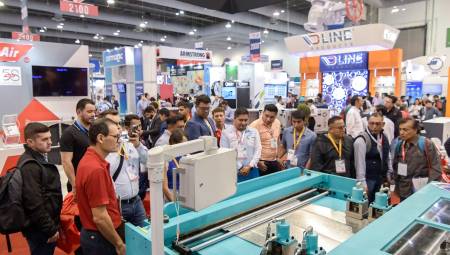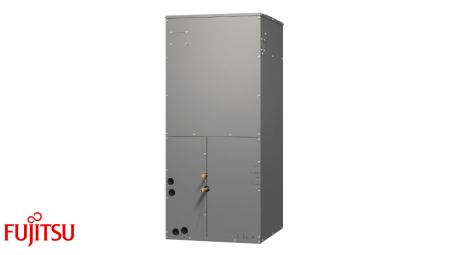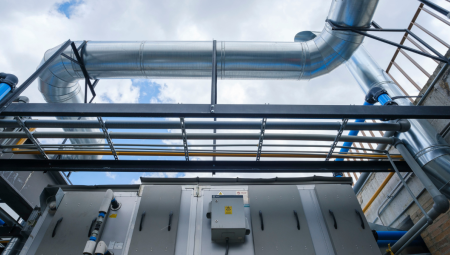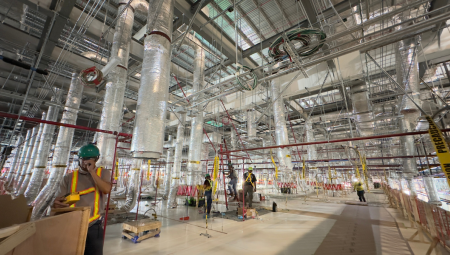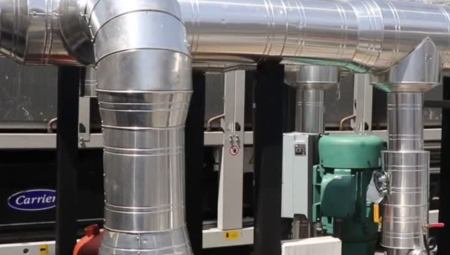Refrigerant or primary fluid: it is the key to the system, since it is responsible for transporting the energy that is extracted from the cold focus and taken to the hot focus. This is possible thanks to the behavior that these fluids present when their pressure varies. Using an analogy with the human body is the blood of the system. Mechanical compressor: it is responsible for compressing the refrigerant fluid in a gaseous state at low pressure, increasing its pressure and temperature in this process. in this process it is necessary to provide external mechanical energy. It is the heart of the system. Heat exchangers: they are responsible for carrying out the heat exchange between the cooling fluid and another fluid, which may well be the outside air or water. They are known as evaporatorsand condensers because ofthe processes that take place in them. The heat is extracted from the cold focus by a process of evaporation of the refrigerant fluid and transferred to the hot focus by a condensation process of the same.

In geothermal heat pumps, a secondary fluid, usually water, is usually used to carry out the transfer of heat from the exchanger to the subsoil, although the heat exchange between the primary fluid (refrigerant) and the ground can also be carried out directly. In cooling mode it is necessary to cool this secondary fluid using an exchanger buried in the subsoil. In heating mode it is necessary to heat this secondary fluid using the same exchanger buried in the subsoil. This exchange with the ground is possible thanks to the stability of temperatures of the ground from 10-15 meters deep. In the following graph you can see the temperature profiles at different times of the year:

As can be seen from 15 meters deep, temperatures remain practically constant all year round.
Depending on the configuration of the buried exchanger, two types of systems are distinguished:
HORIZONTAL CAPTURE SYSTEMS
Buried pipes are buried around the dwelling at a depth of 1 meter. They require an approximate area of 1.5 times that occupied by the house.

VERTICAL CAPTURE SYSTEMS
The collection system consists of vertical probes up to 100 m deep. It requires a much smaller surface area than horizontal systems.
 The main advantages of geothermal heat pumps are:
The main advantages of geothermal heat pumps are:They have an energy efficiency index 30-40% higher than that of conventional equipment. They are considered as a renewable energy source so they can be sub-subsidized. They require less maintenance. There is no risk of legionella infections. Lower primary energy consumption with the consequent reduction of greenhouse gas emissions. Safety.Long service life. Easy maintenance. Its main drawbacks are:
Higher initial investment cost. Greater difficulty in the execution of the works. Interference with other facilities.
Authors: Energy Efficiency Solutions







